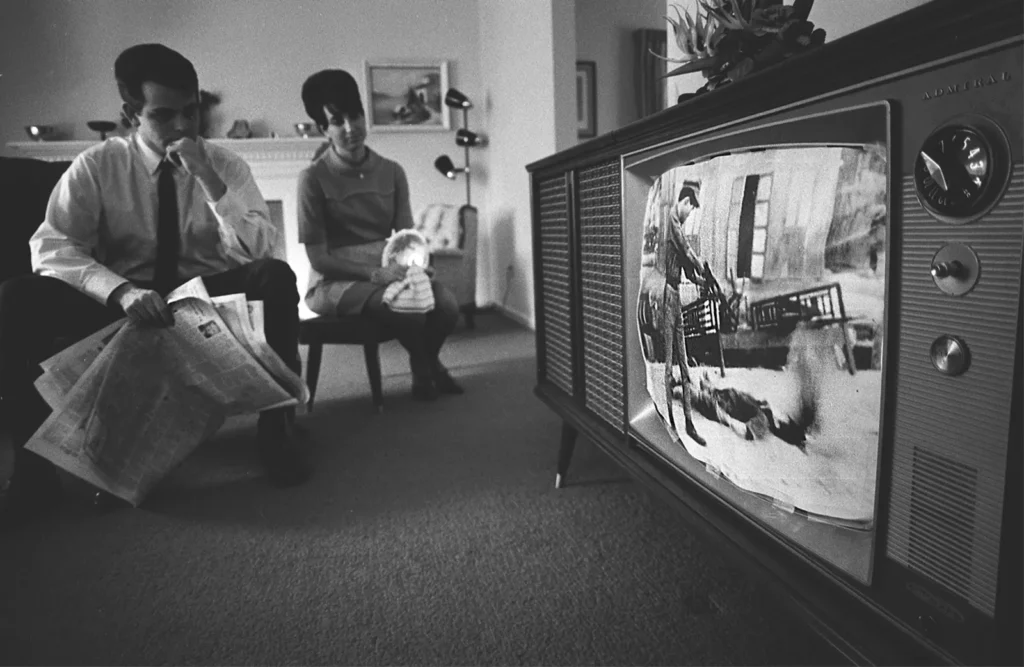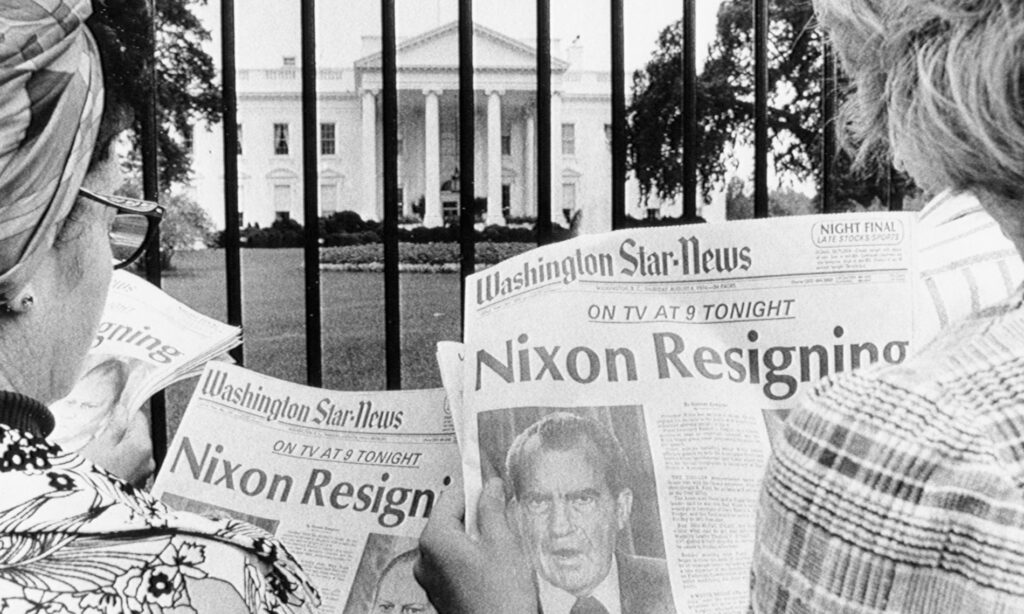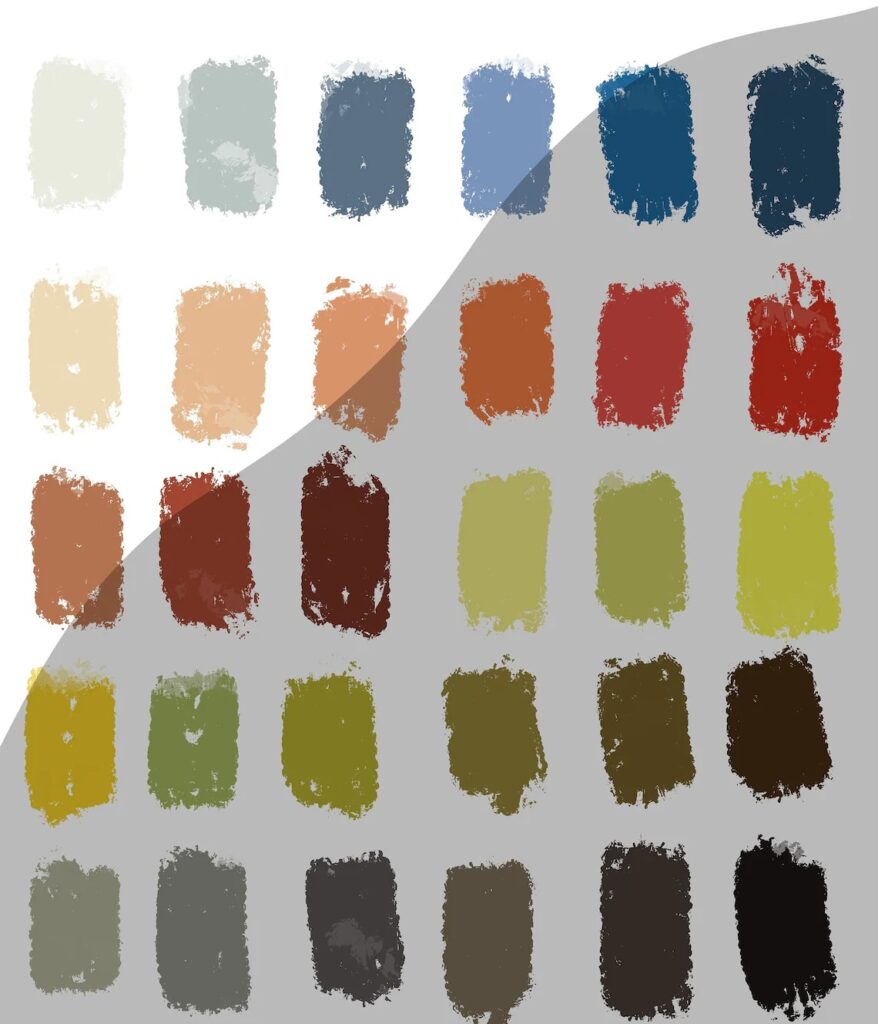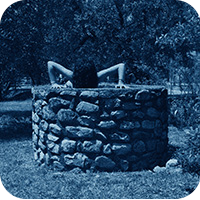1972
Prefer to listen to this post?
My sightseeing companions, today’s journey takes us to a single year in film history.
It’s the year The Joy of Sex was published. The year Nixon recorded himself chatting about hiring thieves to break into an office complex. The year an American used the Sicilian Defense to open a chess game where he would defeat a Russian for the World Championship at the height of the Cold War. It was the last time humans walked on the surface of the moon. And it witnessed the last time two leap seconds were added to clocks, making it the longest year in recorded history. This is the year 1972.
Why ’72? Partially I was curious what filled the void of lesbian vampire movies after their remarkable run in 1971. But mostly it is because this is year of my birth, what some would call the ultimate horror. I wondered: what world — and what fears, specifically — were reflected in the cinema of 1972?
So what was happening? What was scaring the world in 1972? The Vietnam War continued to mire the United States even amidst a painfully slow troop withdrawal. Massacres and atrocities abounded as the public were increasingly horrified by the photojournalism coming from the front lines, including the agonizing photo of the little girl Phan Thi Kim Phuc running naked down a road after a napalm attack.

Richard Nixon, the embodiment of what he called the “silent majority” backlash against the counterculture of the 1960s, was riding high with a first-ever visit to China and the beginning of the SALT treaties in Moscow. But in June of ’72 his goons broke into the Democratic National Committee HQ, beginning the scandal that would lead to his resignation and, more importantly, the slow, ceaseless erosion of public trust in elected officials.

In Munich a terrorist attack on the Israeli Olympics team, killing 11 athletes, stunned the world. The long-debated Equal Rights Amendment which guaranteed the same rights regardless of sex finally passed Congress, but would never achieve the ratification by 38 states needed. We’re still waiting.
Meanwhile the world was slowly awakening to the horrors modern life and industrialization were inflicting on the environment. The UN Stockholm Conference was the first to recognize environment protection as a global priority. In response to high-profile events like the Cuyahoga River spontaneously igniting and chemical levels in Lake Erie high enough to develop photographic film, the US passed the Clean Water Act.

And of course the Cold War still raged, despite halting efforts at detente. At least since the Cuban Missile Crisis a decade earlier the world had lived under the ever-present threat and existential anxiety of total planetary annihilation.
Unsurprisingly, the 1970s were a golden age for frights on the big screen. The VCR era was about a decade away, so if you wanted to be scared by the latest movies had to sit your butt in a theater. And often those theaters were dingey, raucous grindhouses showing double and triple features of just about anything a filmmaker could produce.
1972 witnessed the height of giallo, what we thought was the end of Herschell Gordon Lewis, the debut of Wes Craven, the birth of blaxploitation, and a fulsome shift from the gothic frights of the 1960s to a much grittier, visceral, bloody mess-type horror. Let’s have a stroll through a few films I’ve seen that characterize this year.
Sidenote: There’s almost no through-line in the films I’m about to tell you about, except possibly the way they were processed and colorized. Rich warm colors, hazy edges — what has been called “the tattered comfort of a worn family leather couch”.

Of course this is not a comprehensive list of what is popularly considered the Best of 1972. Just some stops on my own personal itinerary I’d like to tell you about.
1972 was the year that Lucio Fulci went full-gore with Non si sevizia un paperino, known in English as Don’t Torture a Duckling. Fulci here takes on folk superstition in my family’s dusty ancestral homeland of Basilicata. But the witchcraft here is a red herring. It’s a corrupt, sexually perverse Catholicism at the root of this horror. Catholicism as the bogeyman is a theme that would be well-explored later in the 70s. The slashing killer as the punisher of sinful behavior replaces god in many ways. And Catholic ritual itself becomes the setting for masterpieces like The Exorcist in 1973 and The Omen in 1976. Fulci didn’t start the anti-Catholic theme in horror but he certainly propelled it forward in Don’t Torture a Duckling.
Speaking of replacing deities, 1972 also gave us the first cinematic treatment of the venerable comic Tales from the Crypt (full movie at link below). Here the cryptkeeper is a sort of ghoul of Christmas past (literally in the case of the first segment). The crypt that five tourists have stumbled into turns out to be a waiting room before being sent to hell for their misdeeds. It’s five separate tales unfold about people being horrible and getting their comeuppance: murder of a spouse, infidelity, bullying a neighbor to suicide, neglecting nursing home patients, and the like. This is a much better movie than I thought it would be — and true to the kind of shock and final-panel climax so key to the comic books.
Tourists, you may think rape-revenge films started in 1978 with I Spit on Your Grave, but you’ll have to back up six years to Wes Craven’s first film The Last House On The Left. This film, which would launch the career of producer Sean Cunningham of Friday the 13th fame, tells the story of a pair of friends heading to a concert who encounter a group of escaped inmates. There’s rape, torture, and murder. It’s not easy to watch. But the innovation — if it can be called that — is what happens when the group heads to the last house on the left, home of one of the victims. There they encounter her parents who after initially offering hospitality come to understand they are hosting murderers. Thus begins the revenge portion of the film, really only the very last act — but it is uncharacteristically gory (a bitten-off penis, an electrocution, throat-slitting, chainsaws) for the time. If you remember the foundational moment driving Freddy Kruger in A Nightmare on Elm Street 12 years later — parents hell-bent on revenge who murder him grotesquely — you can see Craven beginning that exploration here.
Were American audiences numbed to onscreen violence and images of depravity coming nightly from Vietnam? Possibly, though contemporary reports of audience reactions to Last House On The Left certainly mention traumatized audiences and even theaters which would not show the film. A more likely explanation comes from Craven himself who felt that popular films of the era, such as Westerns, tended to glamorize violence — a misleading representation of death in the wake of the Vietnam War.
For something completely different we have Sisters, early Brian DePalma, starring a truly phenomenal Margot Kidder. While it is at once an obvious homage to Alfred Hitchcock thrillers, complete with inventive camera angles and split screens, it is also a remarkably forward-thinking commentary on women’s liberation and autonomy. You’ll have to trust me on that, because I can only give a partial plot here so as not to ruin the twist I certainly did not see coming. Kidder plays Danielle, an aspiring actress living in Staten Island, who murders a one-night-stand in her apartment after she fails to take a mysterious red pill. A neighbor named Grace witnesses the man’s dying moments through her rear window and sets off to determine what happened. Suffice to say that there is a twin in this mix, a sister, but it probably is not in the way you might imagine. I’ll note only the film’s marketing tagline: “What the Devil hath joined together let no man cut asunder!” This movie is what happens when you let men literally shape a woman’s body. Roe v. Wade was only one year away.
Tourists, we’re at the end of a short jaunt that will reward much lengthier journeys, should you desire. Want an extended itinerary? Here are a few more films that defined 1972:
- The Night Stalker
- What Have You Done to Solange?
- Frogs
- Images
- Asylum
- Your Vice Is a Locked Room and Only I Have the Key
- Horror Express
- Grave of the Vampire
- Night of the Full Dark Moon
- Blacula
- Private Parts
- All The Colors Of The Dark
- The Red Queen Kills Seven Times
- Tombs of the Blind Dead
1972 was no conspicuous demarcation in horror filmmaking — you might give that description to 1973 or 1978 — but in spending some time here it’s clear that, as ever, horror is a particularly insightful lens through which to perceive history.
That’s it for this week, travelers. Maybe we’ll tackle another year at some point. If you have a favorite year, please call our hotline. Until then, I am ever your faithful Terror Tour Guide.
A full list of the movies mentioned above can be found at Letterboxd. Find out where to watch there.
The Terror Tourist is my occasional segment on the Heavy Leather Horror Show, a weekly podcast about all things horror out of Salem, Massachusetts. These segments are also available as an email newsletter. Sign up here, if interested. Here’s the episode containing “1972”:













